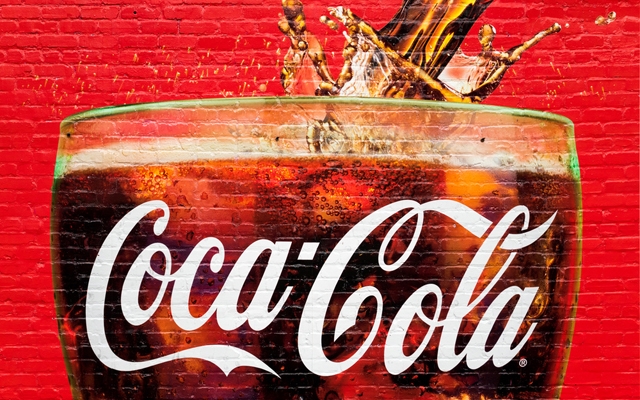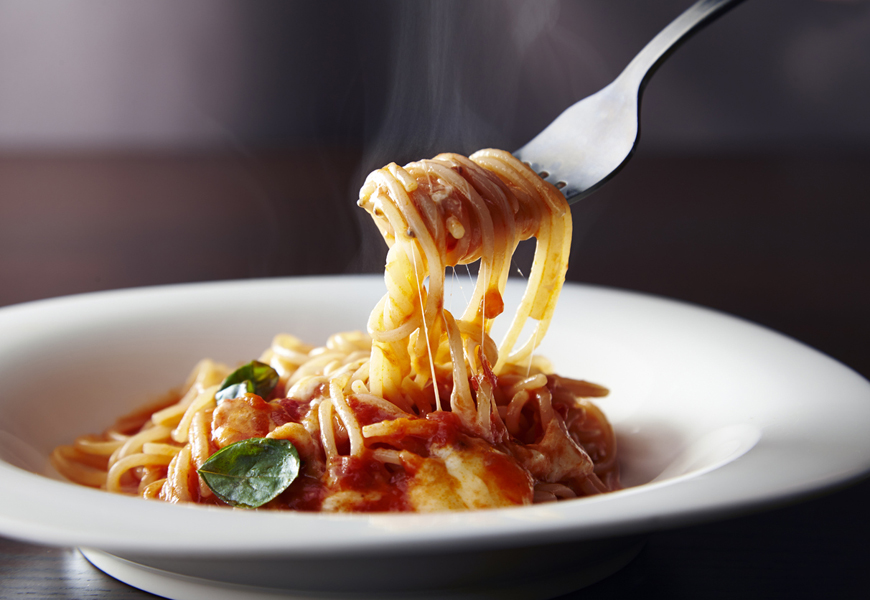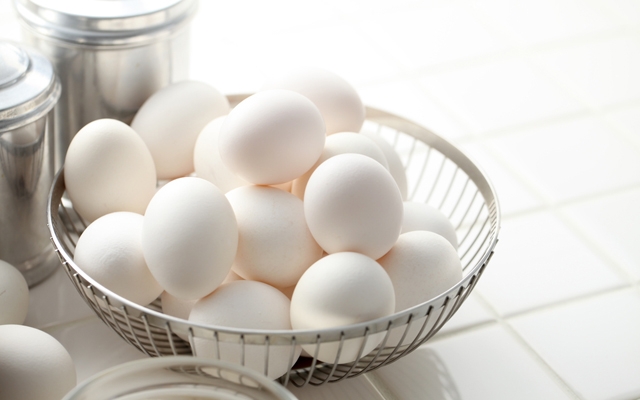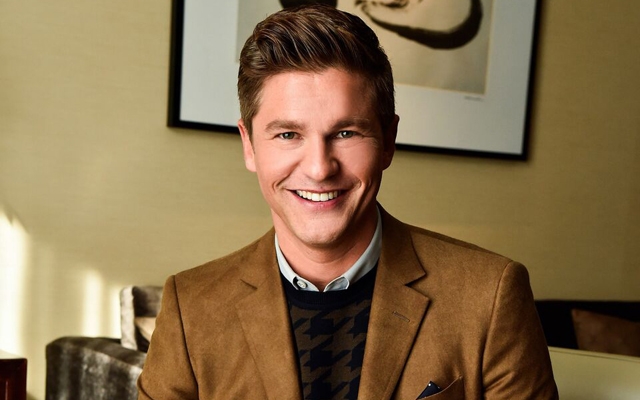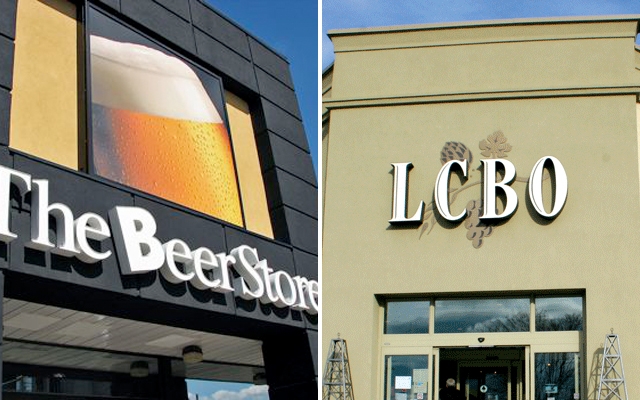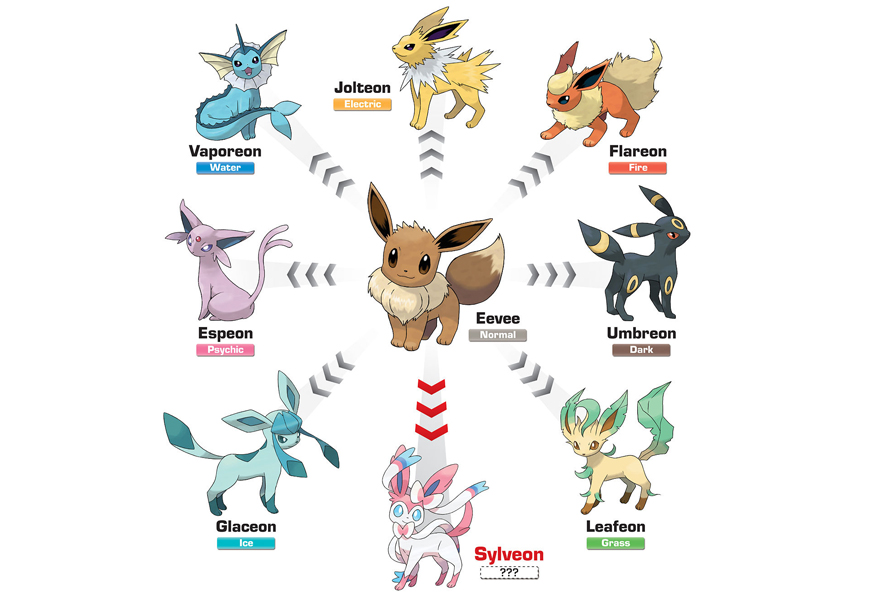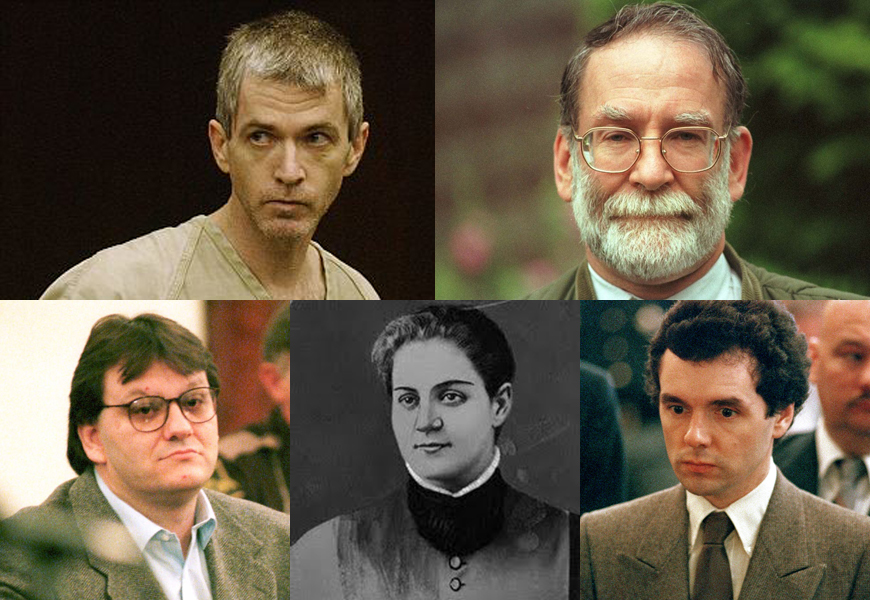Hard to believe it’s been nearly thirty years since one of the greatest moments in bad ideas. Yes, way back in April, 1985, we welcomed into this world a little gem known today as “New Coke.” It seems crazy to think that, at one time, the number one soft drink in the world was facing strong competition and decided that the best idea was to change it’s famous (and famously secret) formula. “New Coke” was born and a marketing blitz came with it. A now-famous public backlash ensued and, at the demand of brand loyalists everywhere, Coke was forced to bring back its original formula almost immediately. Dubbed “Coke Classic,” the old Coke became the new Coke and New Coke slowly slipped away. Below are a few facts you might not know about the soft drink that everyone loved to hate.
It Was Not a Failure
Although the New Coke story has become synonymous with marketing failure, the product itself did not fail. Many experts today agree that the error was in the marketing of the product and the perceived cavalier dismissal of the original formula on behalf of the Coca-Cola Corporation. When it was rolled out, three quarters of drinkers polled reported they would buy it again. After the initial boom in sales, New Coke wound up performing about the same as the original formula had been selling at the time. In fact, New Coke routinely won most public taste tests, even up into the late 90s. It was determined that the backlash to New Coke was really just the result of people being angry at the absence of the old formula rather than a distaste for the new one.
The Switch Did Not Help Pepsi
Upon the announcement of New Coke, Pepsi launched a popular ad campaign announcing itself the winner of the “Cola Wars.” From TV to print ads, Pepsi mocked the decision to change Coke’s formula by saying it was obviously due to trying to be like Pepsi. Ads with people drinking Pepsi contained the line “Now I know why Coke did it!” In actuality, Pepsi performed worse in sales that year than it had the year before. It was beaten by New Coke, Coke Classic, and the extremely popular-at-the-time Cherry Coke, which was also released that year. In fact, it has often been speculated that Cherry Coke’s popularity helped Coca-Cola as much, if not more than, the introduction of Coke Classic that same year. Turns out that loyal Coke drinkers, when faced with choosing between New Coke or Pepsi, simply chose neither.
Diet Coke is New Coke… Or vice-versa
When it was introduced in 1982, Diet Coke was an answer to Diet Pepsi, which had been around since 1964 and outsold Coke’s diet cola, Tab. Diet Coke quickly became the third best-selling soda on the market, behind only the original Coke and Pepsi. Using the “Coke” brand helped its popularity, although Diet Coke is not actually a sugar-free version of the original formula. As it turns out, New Coke was actually a version of the Diet Coke formula sweetened with high-fructose corn syrup. Even today, Diet Coke shares more with New Coke than it does with the original Coke formula. Coke Zero is the closest Coke has ever come to a sugar-free version of its classic taste.
It Ended Bill Cosby’s Role as Spokesperson
Cosby was an enormously popular pitchman in the late 70s and early 80s. His Jello commercials are famous, of course, and his flop movie Leonard Part 6 was practically a two-hour Coke commercial. When New Coke was launched in 1985, Cosby led the roll-out in a series of commercials where he praised the new formula. From the start, it seemed odd, considering that Cosby himself praised the original formula for not being as sweet as Pepsi and now was pitching a soda that was even sweeter. When the backlash hit, Cosby himself stepped down as the pitchman for Coke, stating that he had lost all credibility. A few months later, Coke replaced Cosby with a pitchman who wound up being equally as popular: Max Headroom.
New Coke Stuck Around For Years
Despite the marketing fiasco that ensued by getting rid of the old formula altogether, New Coke was not hated by everyone. Rather than get rid of the product, Coca-Cola began simply calling it “Coke” as it shared the shelf with Coke Classic. The Max Headroom experiment was a success with young drinkers, exactly the people Coke had hoped to woo with the new formula in the first place. By the end of 1985, New Coke was selling well, albeit behind Coke Classic. In 1990, with little fanfare, it began appearing as “Coke II” in some markets and officially took that name everywhere in 1992. It was still being sold that way in the Midwest USA (where it still sold well) up through 1998. It wasn’t discontinued in North America until 2002. To this day, it’s still sold in some American territories.
Looking back on New Coke today, it’s crazy to think that entire controversy spanned less than three months. Those three months have since served as a stern lesson to marketing students everywhere about he dangers of underestimating brand loyalty. To this day, rumors abound on the Internet that Coke planned the entire thing. Some say it was a marketing ploy to boost sales, while others claim it was all a clever scheme to renew the patent on the famously secret formula. Many still believe it was merely a ploy to secretly hide the switch from cane sugar to high fructose corn syrup, a change which actually had already occurred, in 1984. In reality, it was nothing but a colossal marketing error. In the end, Coke learned its lesson. But we’re still waiting for an apology for Clear Tab.

